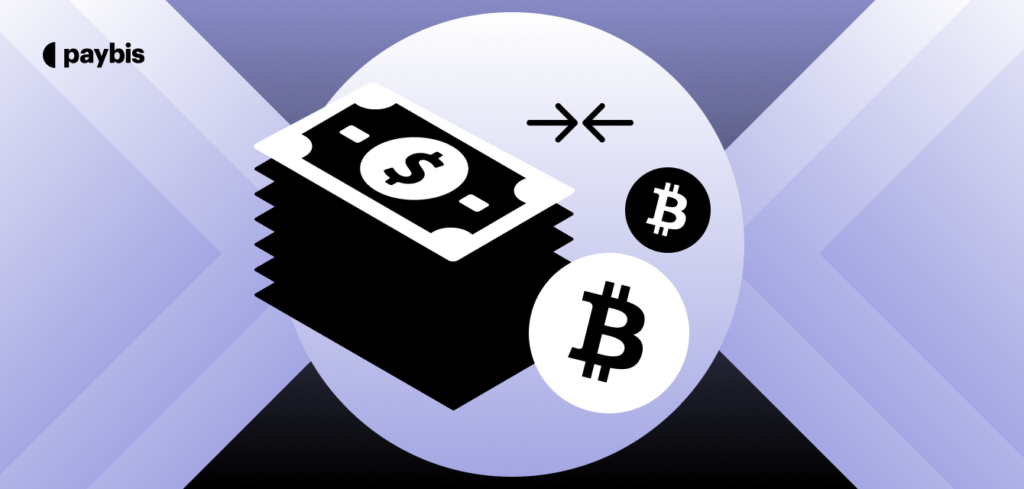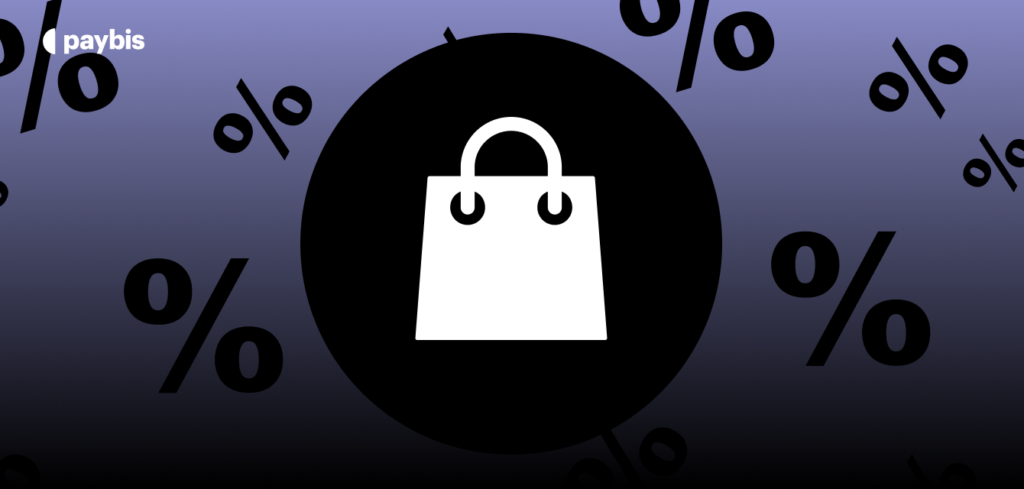Double Spending
Double spending is a potential fraudulent practice in digital currencies where the same unit of currency is spent more than once. This occurs when a malicious actor duplicates a digital token or alters transaction records, leading to multiple transactions using the same currency. This undermines the currency’s integrity and trustworthiness.
Table of contents
What is Double-Spending?
Double spending occurs when a single digital currency is spent in more than one transaction. This problem arises because digital information can be easily copied, unlike physical currency. If a malicious actor can duplicate a digital token or alter transaction records, they could effectively spend the same currency multiple times, leading to inflation and loss of value.
For example, a user might create a copy of a digital token and use it to make two separate purchases. This act of fraud undermines the integrity and trustworthiness of the digital currency system.
Blockchain Technology as a Solution to Double-Spending
Blockchain technology provides a decentralized and secure solution to the double-spending problem. It is the underlying technology behind cryptocurrencies like Bitcoin and Ethereum. A blockchain is a distributed ledger that records all transactions across a network of computers, known as nodes. Each transaction is verified and added to a block, which is then linked to previous blocks, creating a chain of blocks.
How Blockchain Prevents Double Spending
- Decentralized Verification: In a blockchain network, every transaction is verified by multiple nodes. This decentralized verification process ensures that no single entity controls the ledger, reducing the risk of manipulation. Each node checks the transaction’s validity, ensuring the sender has sufficient funds and that the transaction has not been previously recorded.
- Consensus Mechanisms: Blockchain networks use consensus mechanisms, such as Proof of Work (PoW) or Proof of Stake (PoS), to agree on the validity of transactions. These mechanisms require nodes to reach a consensus before a block is added to the chain, preventing double-spending by making it computationally expensive and difficult to alter transaction history.
- Immutable Ledger: Once a transaction is recorded on the blockchain, it is nearly impossible to alter. Each transaction block contains a cryptographic hash of the previous block, creating a secure chain of records. Any attempt to change a transaction would require altering all subsequent blocks, which is infeasible due to the computational power required.
Conclusion
Double spending is a fundamental threat to digital currency systems. Blockchain technology overcomes this issue through decentralization, transparency, and cryptographic security. By employing consensus mechanisms and an immutable ledger, blockchain technology ensures that digital currencies can be used with confidence and trust.
Browse the Paybis Glossary to master more web3 lingo!
Alternatively, explore related terms and articles below.
Disclaimer: Don’t invest unless you’re prepared to lose all the money you invest. This is a high‑risk investment and you should not expect to be protected if something goes wrong. Take 2 mins to learn more at: https://go.payb.is/FCA-Info


